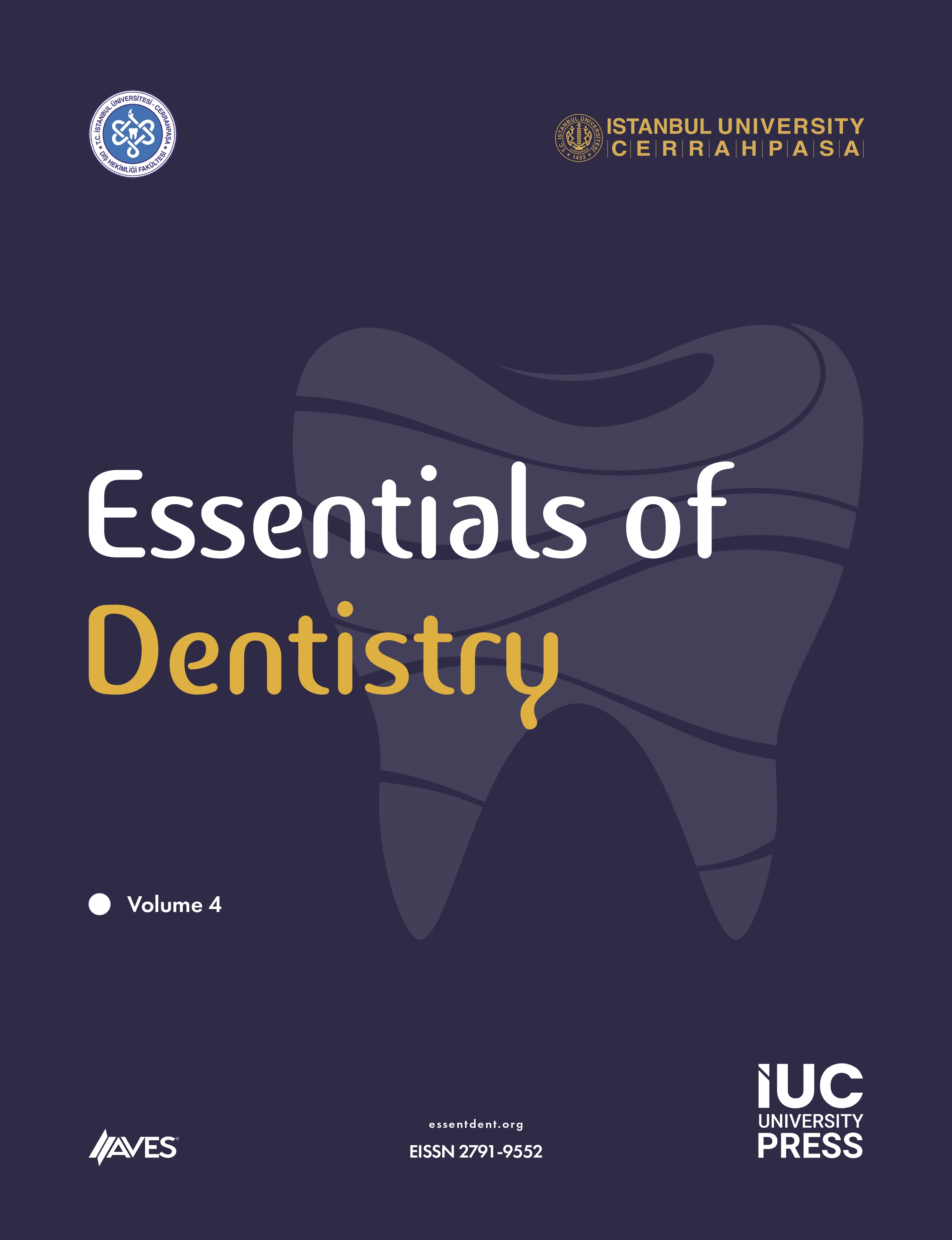Background: Charcoal-containing mouthwashes have become popular in society; however, there is inadequate evidence of their effect on composite restorations’ color stability. This study evaluates the effect of two charcoal-containing mouthwashes on the color stability of two composite resins.
Methods: Disk-shaped (6×2 mm) composite resins (Filtek Universal Restorative (FU) and G-ænial Anterior (GC)), each (n=30), were prepared. Baseline color values were measured using a spectrophotometer. After six months of storage in distilled water, randomly assigned samples were subjected to a 12 h immersion in either distilled water (control group), Natural Mouthwash Charcoal, or Colgate Plax White+Charcoal (n=10). Then, color values were re-measured, and color change (∆E00) values were computed. Two-way analysis of variance (ANOVA) and Tukey’s honestly significant difference (HSD) multiple comparison tests were used to compare mean ∆E00 values of composite resin materials (P < .05).
Results: ∆E00 values of FU exposed to Natural Mouthwash Charcoal were significantly lower compared with other mouthwash groups and the controls. There were no significant differences in ∆E00 values among the GC specimens placed in different immersion media (P > .05). No statistically significant difference was observed regarding color change between composite restorative materials. ∆E00 values for the restorative materials were above the acceptability threshold of 1.8 for all groups.
Conclusion: Charcoal-containing mouthwashes caused unacceptable color changes in aged composites. In most groups, the color change was not significantly different from that in distilled water. The color change of FU immersed in Natural Mouthwash Charcoal was less than that in distilled water. Charcoal-containing mouthwashes can be considered part of daily oral hygiene practices.
Cite this article as: Keleş ZH, Aydın S, Çağdaş E, Şişmanoğlu S. Effect of charcoal-containing mouthwashes on color stability of nanofill and microhybrid composites. Essent Dent. 2024;3(3):81-86.






